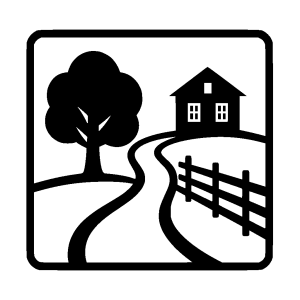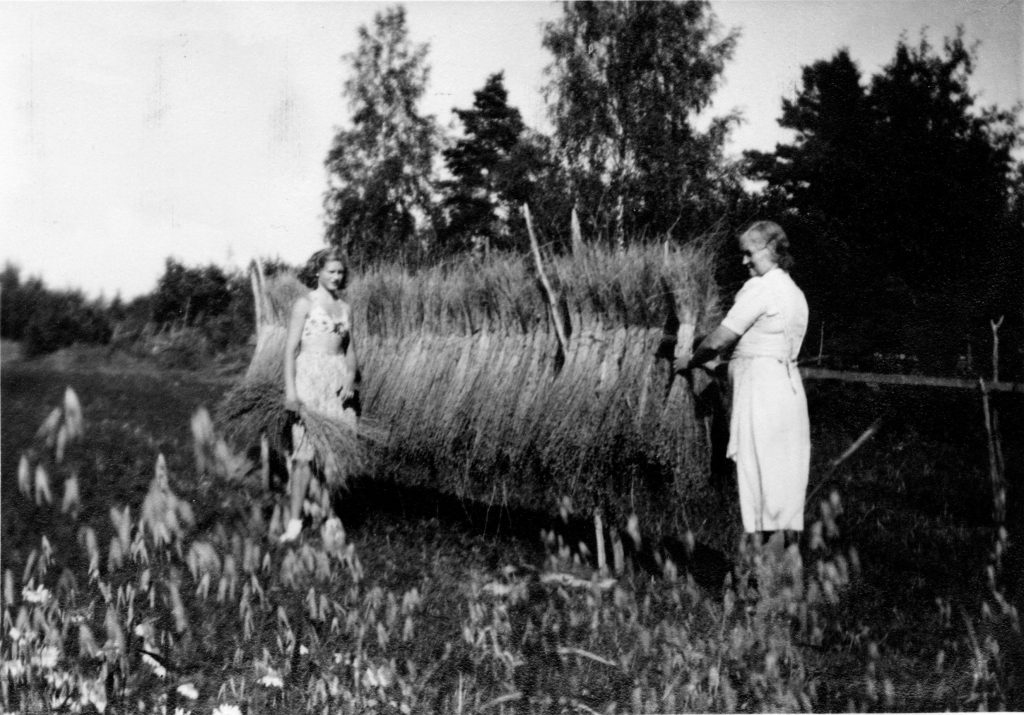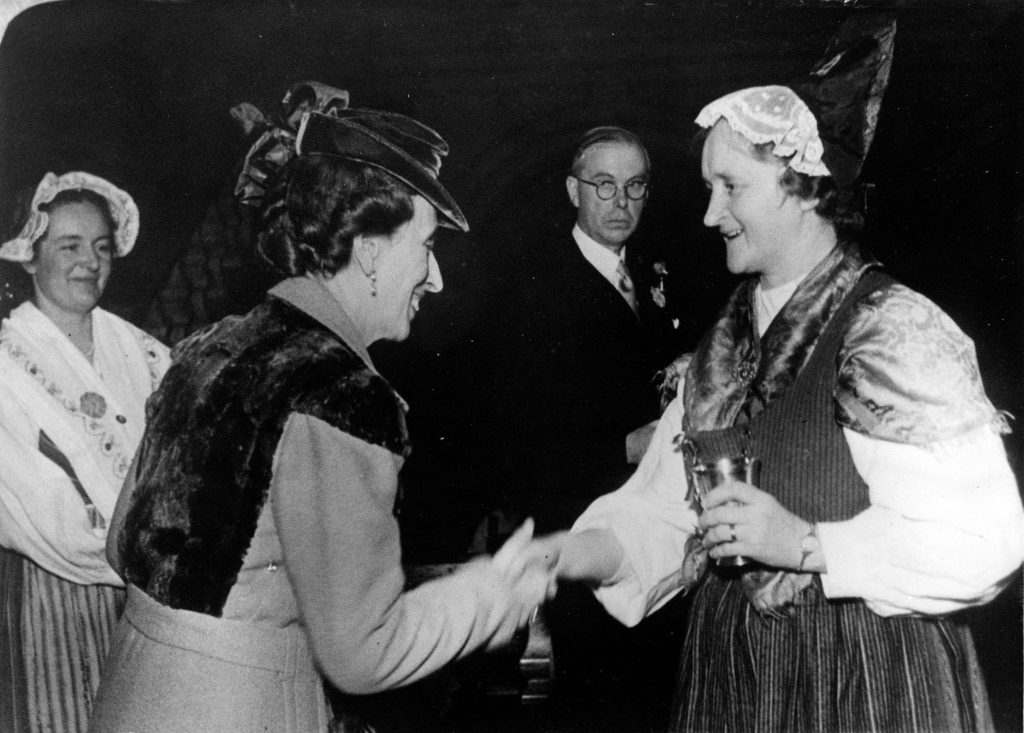
18. Linbäcken (The flax stream)
Flax cultivation is a very important activity in the old farming community. Flax is used for most things in the home, from clothing to bedding, and during the 18th and 19th centuries it was also an important source of income for many households. During the latter part of the 19th century, the activity changed. Imports of cheap cotton made flax production unprofitable. Despite this, flax cultivation for household needs continued on a small scale in the villages until the 1960s.

Flax processing involves processing flax plants into spinnable fibers. The harvest is done with a sickle and the flax is hung on a trellis to dry. The fibers are held together by pectin, a substance that must be broken down through fermentation – a process where the flax is placed in water to ferment. Behind the hill, a little way in from this sign, were
Linbäcken. This is where the villagers fermented their flax for further processing. Once the flax had been processed, they moved on to spinning and weaving. A spinning wheel could be found on almost every farm and looms were common in the cabins.
NOTE ! Respect the peace and quiet of the home and do not enter the property!


